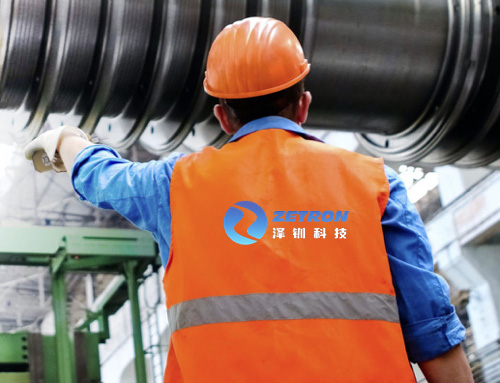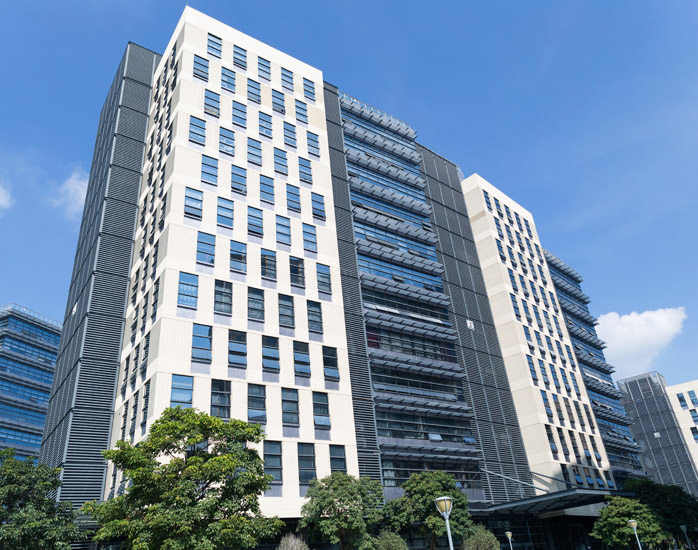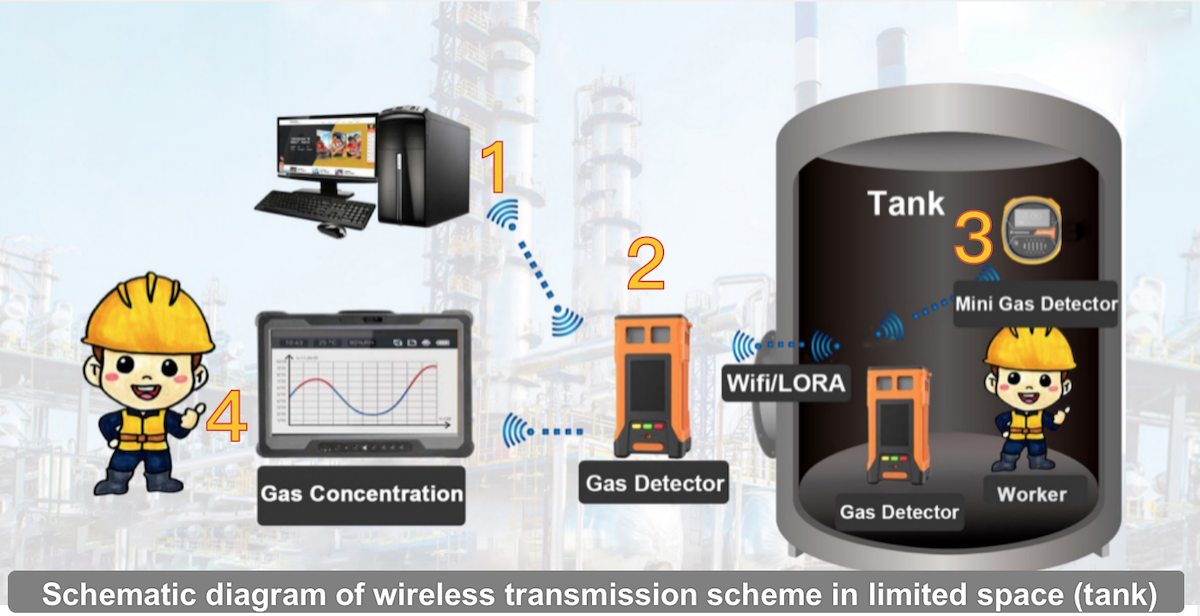- Home
-
Products
- ⦁ Gas Detectors---Portable Single Gas Detectors Personal Gas Monitors Multi-Gas Detectors Area Monitors Accessories
- ⦁ Gas Detectors---Fixed Gas Transmitters UV Flame Gas Detectors Controllers
- ⦁ Gas Analyzers Syngas Analyzers Flue Gas Anlyzers Biogas Analyzers CEMS (Continuous Emission Monitoring System) Ozone analyzer
- ⦁ Natural Gas Detectors Remote Laser Mathane Detector Natural Gas Leak Survery Equipment Software
- ⦁ Particle Counters Portable Particle Counters Cleanroom Online Particle Counters Biological Air Samplers Photometers and other equipments Accessories
- ⦁ Air Quality Monitoring System Ambient Air Quality Monitoring Station Air Pollution and VOC Emissions Monitoring Stations
- ⦁ Pharmaceutical Monitoring Equipment Filter Integrity Tester Glove Integrity Tester TOC Analyser Package Integrity Tester Liquid Particle counter
-
Solutions
- TVOC Online gas monitor solution
- Energy chemical industry
- Municipal engineering
- Environmental protection
- Electronic appliances
- Food health
- Other

Solutions
Zetron Techonology is a professional company of committed to the development of the gas detection industry, has more than 15-year experience in specializing in the research, development, manufacture and sale of gas detectors.
-
Certificates

Certificates
Beijing Zetron Technology Co., Ltd is an international enterprise focused on providing professional gas detection solutions.
-
News

News
Zetron Techonology is a professional company of committed to the development of the gas detection industry, has more than 15-year experience in specializing in the research, development, manufacture and sale of gas detectors.
-
About Us

About Us
Beijing Zetron Technology Co.,Ltd is a professional company of committed to the development of the gas detection industry, has more than 15-year experience in specializing in the research, development, manufacture and sale of gas detectors.
- Contact
- Customer Case
- Product Brochure


